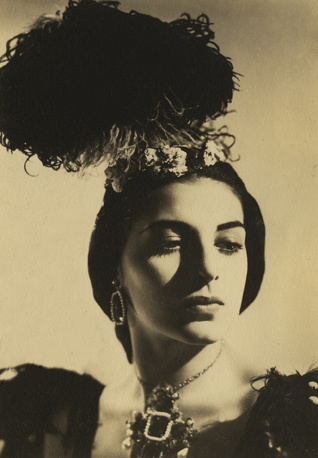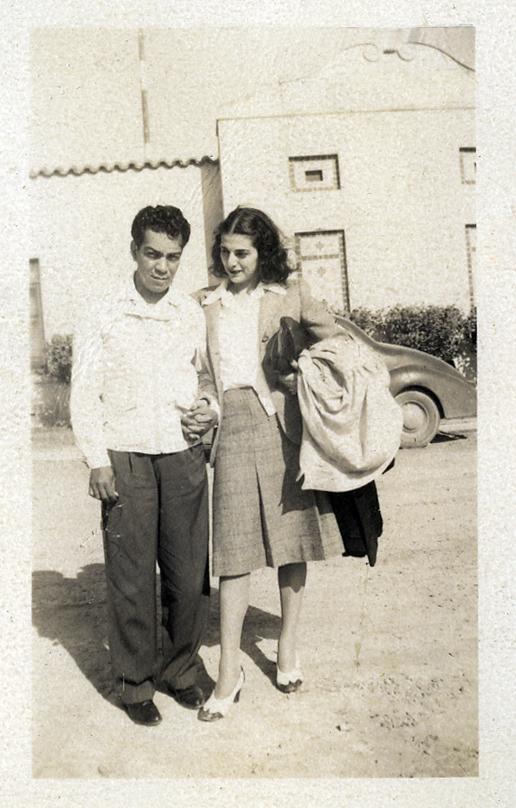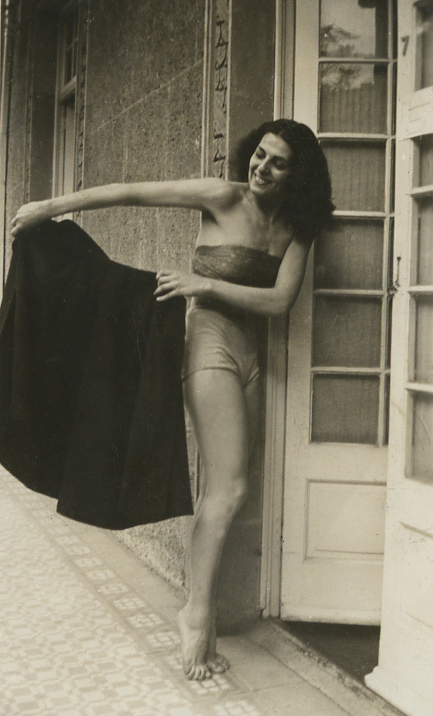With ballet’s 15th-century Renaissance origins still somewhat imaginable, it’s hard to keep in mind that American ballet — born in 1940s New York City — is still less than 100 years old. The two pillars of American ballet — George Balanchine’s New York City Ballet and Lucia Chase’s American Ballet Theatre — both arose in that same urban, pre-war moment, with dogged New York City arts impresarios ushering in choreographers’ arrivals from Europe, the formation of the first classical training academies, and the organization of the first fledgling U.S. companies (boasting works by such seminal figures as Agnes de Mille, Antony Tudor, and George Balanchine.)
Yet in that formative moment, as it usually goes, both companies had to hustle constantly, spending more time touring outside of New York than in. And during 1940-1941 the lucrative locales were the Latin nations to the south — Mexico, Colombia, Brazil, Argentina, Peru. Yet while both companies spent long stretches there, its been terribly difficult to find historical documentation or stories that effectively re-animate that cinematic moment when gutsy young American dancers were hoofing and partying in European-style palacios across South America.
Filling that gap in a most unusual and delicate way is a new limited edition art book by Seattle artist Ellen Ziegler entitled “El Torero y la Bailarina” (The Bullfighter and the Ballerina), which chronicles a year-long affair between Ziegler’s mother Miriam Golden (1920-2010), a principal dancer with American Ballet Theatre, and Cantinflas (1911-1993), the beloved Mexican actor/comedian/bullfighter, during Ballet Theatre’s 1941 residency at the Palace of Fine Arts in Mexico City. Heralded as the “Charlie Chaplin of Mexico,” Cantinflas is best known for his 1956 appearance with David Niven in the film “Around the World in 80 Days.”
In photographs, Golden appears a sumptuous beauty (unsurprisingly, she went on to become one of the dancing “Goldwyn Girls” at MGM soon after this tour) . Originally a dancer with Ballet Caravan (later NYCB), then a founding principal with Ballet Theatre (later ABT), Golden’s roles on this tour included leads in the first American staging of Antony Tudor’s grave “Dark Elegies” plus Agnes de Mille’s uplifting Western ballets: “Billy the Kid” and “Rodeo.” Cantinflas may well have been in the audience for these concerts. And she surely sat, one time or another, in the stands at the bullring watching his antics as both a comedian and toreador.
Billed as a “hand-typed hand-built hand-bound love story,” Ziegler’s elegant, concise book features letters, telegrams, and photographs. The couple are shown posed together only once — it’s the series of solo images of Golden from that time that beautifully reflect how their passion reverberated through her over the course of the year.
Told in both Spanish and English, Ziegler’s careful, loving arrangement of ballet headshots, personal photos and yellowed telegrams — covered in cloudy, crinkled onionskin — truly physicalize a moment of heightened love and artistry in the life of a 21-year-old, far from home, with World War II just around the corner. That the love was ill-fated, and the story’s pieces incomplete, is suggested by Ziegler by the paper’s gnarly texture and the imperfections of the hand typewriting. But Ziegler found ways to deliver a satisfying wholeness to the project, too, as by bringing her manuscript down to Mexico City to be typed up by one of the for-hire mecanograficos in the Portal de Evangelistas.
In creating this loving paean to her mother, Ziegler has gifted all of us with a book whose artful sensuality offers all of us a glimpse into a special moment during the genesis of American ballet. For more information, see Ziegler’s kickstarter video.


